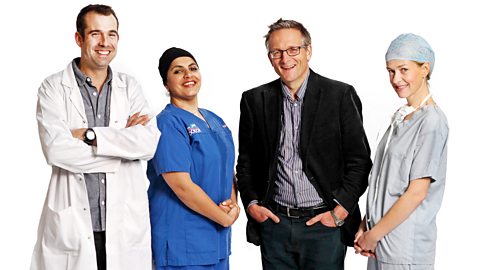In the last post I noted I had started cycling for fitness again in July 2012. This was very successful in terms of weight loss and by November 2013 I had got down to about 14 stone 7 lbs. It was then, partly because the weather was changing as winter approached, that I began to incorporate walking into my routine. This was reported in a post in my cycling blog Cycling, walking, hitting a ball in December 2013. I started doing specific walks round my immediate vicinity in the Aire Valley on the borders of Bradford with Leeds. Shortly after I began to use walking as an everyday form of transport often walking to Bradford centre and back for U3A meetings, or to Shipley and back for my U3A reading group meetings. Any trip of 3 miles or less is walked if I have the time or if longer and going by bus I will walk the first mile or so or the last bit of the journey. I try to walk every day that I don’t wither cycle or play racketball, even if it is only for 30 minutes or so although I usually manage up to an hour. The Garmin Vivofit I started using in December 2014, just over a year ago, has recorded about 2.5 million steps so far in 17 months.
Over the years I gradually put on weight and finally approached 18 stone about four years I still did some walking with my brother-in-law Kevin. The picture above was taken while on a walk along part of the Cleveland Way near Whitby in September 2012, when I was about 17 and a half stone. We didn’t do more than about 8 miles a day and, despite wonderful weather and scenery and some great evenings in pubs listening to live music and chatting with the locals, the trip was dominated by aching legs and sore feet more than anything else. This was deeply disappointing as I used to find walking a very enjoyable and rewarding activity. This greatly added to my motivation to get fit and lose weight for my retirement. Now Kevin and I are planning some longer walks. In fact last September 2015 we had a few days walking round Malham and part of the Pennine way covering, on one day, about 12 miles. By then I was down to about 13 stone so a very different story!


